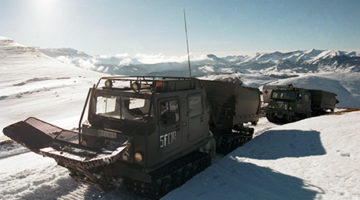(Source : DARPA) – Enabling Revolutionary Nondestructive Inspection Capability
DARPA seeks tunable gamma ray tech for host of national security, industrial, and medical applications
X-rays and gamma rays have a wide range of applications including scanning suspicious maritime shipping containers for illicit materials, industrial inspection of materials and processes, and medical diagnostic and therapeutic procedures. Current technologies, however, are not ideal. X-rays produce a continuum of energies that limit their inspection and diagnostic performance, and gamma rays can only be produced at specific energies unique to a given radioactive isotope.
DARPA today announced its Gamma Ray Inspection Technology (GRIT) program. GRIT seeks novel approaches to achieve high-intensity, tunable, and narrow-bandwidth sources of gamma ray radiation in a compact, transportable form factor that would enable a wide range of national security, industrial, and medical applications. A Proposers Day webinar describing the goals of the program is scheduled for July 8, 2019.
“What we’re trying to do in GRIT is transform the use of x-rays and gamma rays,” said Mark Wrobel, program manager in DARPA’s Defense Sciences Office. “Current sources of gamma rays, like Cobalt-60 or Cesium-137, are not very flexible. They require special licenses to possess and only emit gamma rays at very specific energies. What we desire is a source of very high-energy photons that we can tune to match the application we need. This ranges from more effective detection of illicit cargo, to a more informative medical x-ray.”
GRIT aims to provide a source of tunable, pure x-rays and gamma rays from tens of keV (kilo-electron volts) up through over ten MeV (mega-electron volts). Currently, tunable and narrow bandwidth gamma ray sources only exist at highly specialized user facilities best suited for basic research and are not able to support broad practical applications. Shrinking these photon sources to a transportable system is a major goal and challenge of the GRIT program. (…)
READ FULL ARTICLE >>> www.darpa.mil
Photo © DARPA












